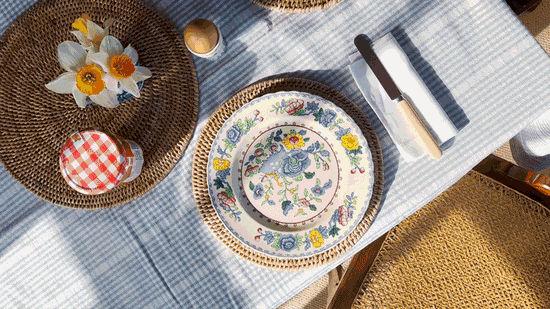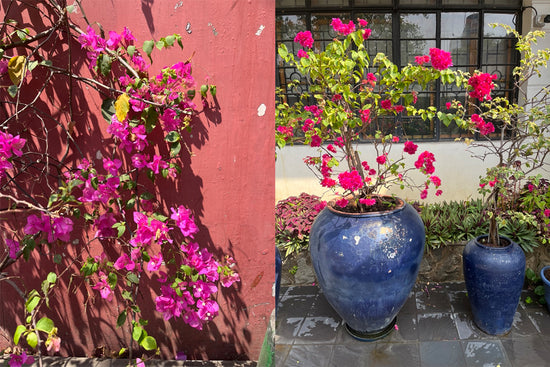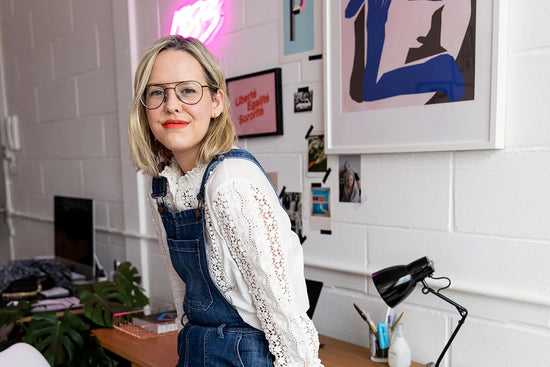In the twilight of 60 years of political struggle, global isolation and strict censorship, you might expect a vibrant, cathartic artistic response to be shifting the ground in the comparably enlightened Myanmar of 2018.
And to an extent, this is the case. A powerful series of exhibitions at Yangon’s momentous Secretariat is currently cutting the crust off the safe, old-fashioned traditional Burmese art scene, and providing a creative space for Burmese artists to experiment.

However, beyond Pyinsa Rasa, the group behind this residency, and Myanm/Art, a supportive space for artists working beyond traditional artistic boundaries, serious artistic innovation and idiosyncratic movements are still hard to find publically in Myanmar.
In fact, some of Myanmar’s best known contemporary artists are yet to be celebrated at home. Po Po, a preeminent Burmese contemporary artist, has not exhibited his revered installation works in Myanmar for 20 years. Despite being on show in museums and galleries in Tokyo, Singapore and Berlin, his most powerful, provocative, ironic and impulsive works, which cover everything from nature, love and Buddhism, through to politics, sex and persecution, remain the preserve of foreign audiences.

A solo show of minimal geometric works did get through the censorship board in 1987, but he expects the underlying meaning was lost on the authorities. And he exhibited some kinetic abstract paintings last year in his home, but this was playing it very safe by comparison to his computer-installation Scream of the Dead (2004), a biting critique of life under the military junta, or to his VIP Project (2010-2015) which explores the lasting impact of dictatorship on the people of Yangon.
Born in a rural village in South-West Myanmar in 1957, Po Po was taught the basics of academic drawing at school, but attributes his artistic flair to a lifelong fascination with nature and study of Plato, Socrates and Camus. Given that he was starved of any sort of reference beyond scant old magazine articles retrieved from fruit-boxes, and was a million metaphorical miles away from the YBAs of his generation, the power and creativity of Po Po’s work from the 1980s and 1990s is astonishing.

Erotic (1982-1986), for example, was made before Sarah Lucas had even graduated from art school in 1987, but addresses similar topics in a similar way to Lucas’s Nud Cycladic series from 2010. And Painting for the Blind is straight out of Castellani, except that there’s no way he could have known of Castellani’s work when he made it.

Po Po’s work is loud and clear in its messages but is speaking abroad. And the younger artists are cash-strapped, under-supported, and are emerging from an environment where, not so long ago, painting in the wrong colour could land you in jail. There is therefore a level of self-censorship in their work, and from a commercial perspective a very limited market for much beyond street scenes of monks with parasols. A young artist, Chuu Wai Nyein, paints bold, powerful, sometimes aggressive nudes, but struggles to sell them locally as people are fearful of the reaction of friends and family if they hang or show anything too outlandish in their home.

The result is a deep well of dynamic artistic potential, still lacking in confidence to shift aside the heavy pile of pagoda canvases blocking their exit, and turning heads away if they do.
But with the tireless support of individuals such as Nathalie Johnston of Myanm/Art, and educational programs by heavyweights such as Po Po, there are signs of this changing. In fact, plans for Po Po’s first solo exhibition in Myanmar since 1997 are afoot, with the support of the Goethe Institute, and curated by Nathalie. If this happens, it will be a giant leap for Myanmar’s contemporary art scene, and a sign of things to come.

Nothing happens quickly in Myanmar, but let’s fast-forward 20 years to a hopeful future of museums, sculpture gardens, galleries and a vibrant online community where life has been given to the thousands of unrealised projects hidden in artists’ sketchbooks and note books. The crowds at Pyinsa Rasa’s Secretariat shows are an encouraging start.





